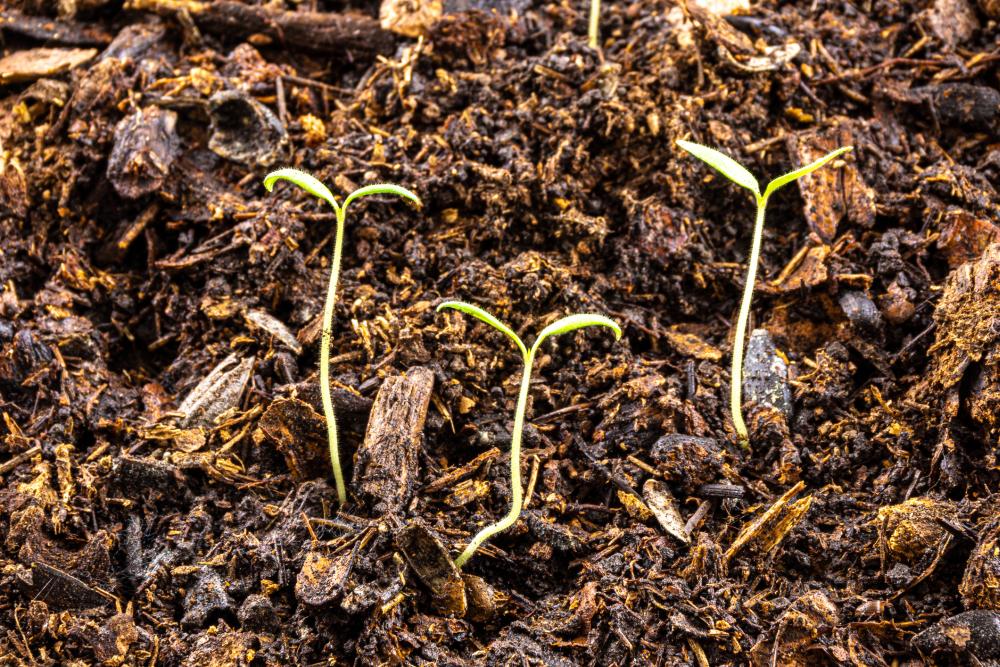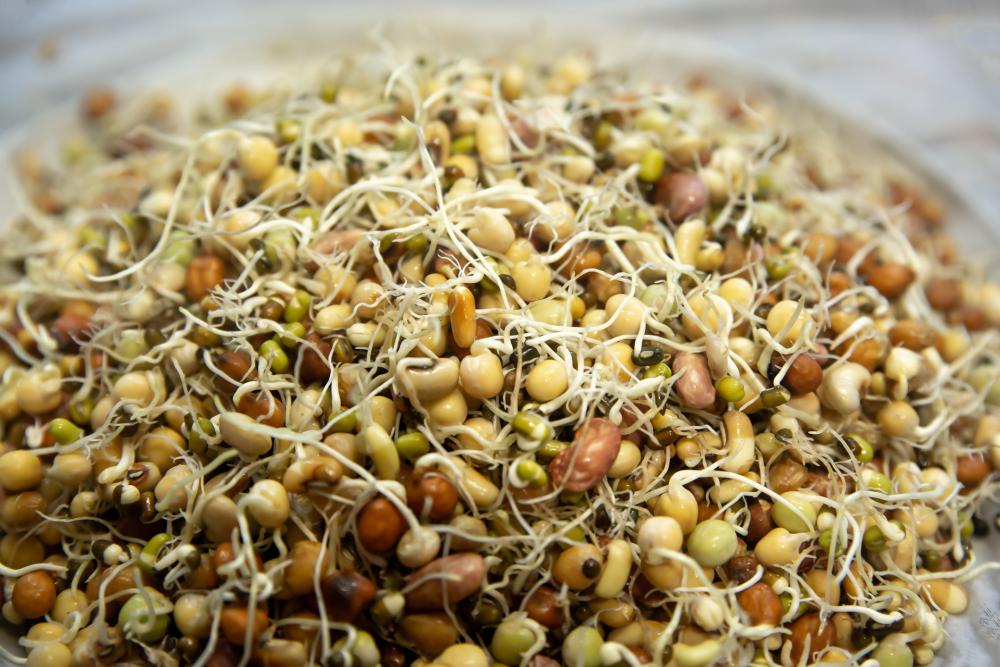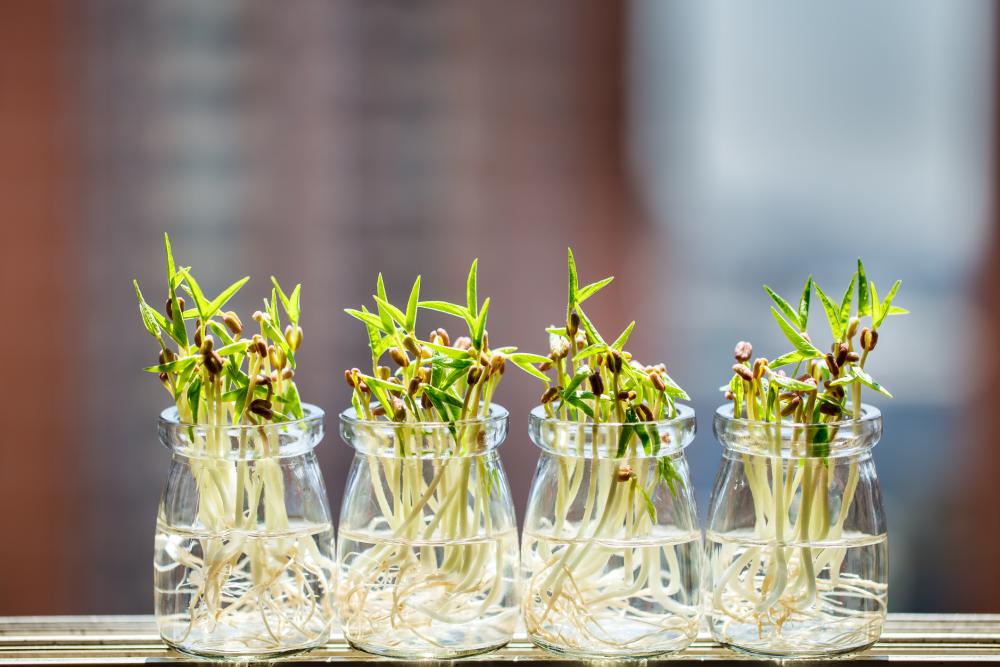How to Soak Seeds Before Planting
Soaking seeds in water before planting has been a low-key secret that gardeners use to scale up the chances of sprouting. Even when the period for planting isn’t suitable, the method helps accelerate the rate of germination. What makes using seeds to grow plants a worthwhile option is there’s no lengthy formula you need to follow, to make them germinate right from scratch.
All you probably need is a nutrient-rich growing medium, water, and access to sunlight. While these requirements seem easy to handle, sometimes the seed coats might take longer than usual to crack open. Therefore, you might consider speeding up the success rate.
But one hopeful prospect about seeds is some hardy types since medieval times have germinated single-handedly without the aid of tweaks. This guide will check out the best practices that might be useful when soaking seeds before planting.
Should You Soak Seeds Before Planting?
If you want to ramp up the early sprouting phase, then you want to consider soaking seeds before planting them. Moisture softens the seed coats so they can crack open much quicker. It gives the seeds an optimal condition for germinating. Soaking seeds isn’t a strenuous task and doesn’t take long to show results.Even though both monocot and dicot seeds have varying inner structures, the seed coat acts as a protective mechanism before they are ready to sprout.
The natural environment can be somewhat hostile, especially to tender seeds. For this reason, tweaking the growing conditions tends to increase the overall success when they are germinating. It helps rejuvenate seeds from their dormancy.
When using sandy or dense clay soil, soaking is quite useful. Sandy soil tends to have a higher drainage rate, hence the seeds won’t tap the moisture for a long period. Clay soil, on the other hand, isn’t the best when it comes to drainage. While moisture retention is of utmost importance during the sprouting phase, too much of it would cause the seeds to rot.
If you’re trying to plant seeds in an environment they’re not accustomed to, soaking them would be an effective way to fast-track the germination stage. In other instances, seeds might carry some inhibitors that keep them from sprouting within a short span. Soaking would help get rid of these inhibitors radically.
What Seeds Should I Soak?
It’s worth noting that not all seeds will sprout vigorously after getting soaked in moisture. Miniature seeds, for instance, can get clamped together and fail terribly. Seeds like carrots or lettuce might disappoint and not benefit significantly from getting soaked in water. Instead, you want to aim for huge seeds with a rugged and hard coat that needs to be softened up.
Some of the seed varieties we’ve seen posting exemplary results after getting soaked include beans, corn, peas, and winter squash. You can also use the soaking method on cucumbers, beets, sunflowers, or lupine. Also, you’re likely to achieve high success with vegetable or flowers seeds that have a medium-to-large size, alongside hard coats.
How to Soak Seeds Before Planting
Soaking seeds isn’t an intense exercise since all you need is water. You will need to soak the seeds for a period between 12 to 24 hours. Most large seeds are capable of being sown directly into the ground after soaking. When soaking the seeds, it’s best to keep the acidity levels pretty low.
You can use solutions like coffee or tea since their acidity levels are mild.For optimal results, you want to soak your seeds in warm water. Warm conditions, apart from moisture, help with germination. The ideal temperature for soaked seeds is 90 degrees Fahrenheit. Place the seeds in a bowl of water filled with warm water. Some seeds, depending on how hard their coats are, will need to sit in water for about 48 hours.
However, you want to not exceed this time limit to avoid rotting. Once the seeds are soaked, prepare the potting soil or nursery where you’ll plant them. You can make reference to instructions on the label, but make sure to check out other extra pointers, the conditions are contingent on the type of seeds you’re looking to plant.
While soaking speeds up germination, it doesn’t change the growing conditions. After transplanting the soaked seeds, keep the soil consistently moist for the first few weeks till the sprouts begin to shoot up. You can reduce the watering intervals after the roots are established.
Other Alternatives Besides Soaking
Since not all seeds do well when soaked in water, you can try out other methods to accelerate the germination phase. For tiny seeds like tomato or pepper seeds, soaking them in water won’t work. Place them in a wet paper towel or damp sphagnum moss. The other option would be to use moistened vermiculite with a fine texture. You want to always keep the growing medium moist quite evenly.
Avoid using tap water during the germination stage as it contains chlorine, which might slow down the enzymes responsible for the sprouting of seeds. To keep the seeds from getting clamped together, avoid submerging them in water.
After the seeds have formed a set of buds, you can transplant them into a seed starting mixture composed of vermiculite, sphagnum peat moss, and perlite.Move the seedlings from the seed tray to the garden once the germination phase is over. You need to plant them in a depth at least twice their width size.
Final Tips on Soaking Seeds Before Planting
One essential pointer to take note of when soaking large seeds is you want to consider scarifying them. Scarification is the process of making small cuts or scratches on the shell of seeds so they can take less time to crack open. You can use a knife to make a nick on the seed coats or scrub them lightly using sandpaper.
Most pro-gardeners prefer soaking seeds during nighttime, then planting them in the morning hours. Seeds, after getting soaked, will utilize the sun to germinate. While soaking acts as a catalyst, the age, and growing conditions will affect the rate of germination. You also want to plant soaked seeds immediately to keep them from getting clamped together.


